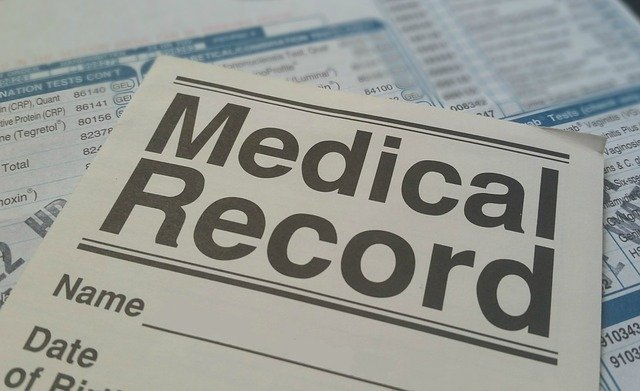
When we talk about healthcare and knowing your patient, it is significant to know the current scenario of identity theft in the industry. According to research, around 2,550 cybercrime instances were recorded over the last ten years that account for more than 175 million stolen or lost medical files and records. This is nearly equal to half of the US population, which is quite an alarming number for both patients and health service providers. Medical records of patients on the dark web are sold for as much as $1000 which is 10 times greater than a case of a credit card breach.
Considering the rate at which medical ID theft is rising, it has become increasingly important for the healthcare sector to keep an eye on fraudsters. Proper verification standards need to be put in place in order to prevent the illicit sale of patient records to keep identity thieves at bay. In this regard, Know Your Patient or KYP is one such means of ensuring the safety of medical data, verifying genuine patients in real-time and preventing healthcare-related issues at scale.
The Evolution of Know Your Patient (KYP)
Business entities and organizations often practice Know Your Customer (KYC) standards that are carried out to verify legitimate customers. This helps enterprises filter out suspicious and ill-obtained identities of prospects that are likely to be used in illicit acts like money laundering, impersonating someone else to open accounts and evading tax, etc. KYC also helps prevent account takeovers, synthetic identity fraud and other financial crimes.
Know Your Patient is a method/process inspired by KYC that helps healthcare providers and institutes to verify patients in light of state-of-the-art identification protocols. Given the current scenario of identity theft in the industry, it is inevitable to verify the patient’s age and identity for medical treatments, obtaining prescriptions and buying drugs at the medical store, for which KYP is the most reliable and efficient solution.
Why is KYP the Ultimate Solution?
When it comes to obtaining medical data in the healthcare industry, verifying the identity and personal information of the patient is of prime importance. An identity verification solution purpose-built on Know Your Patient (KYP) standards enables healthcare facilities like hospitals, clinics and dispensaries to authenticate patient identity and manage their records in a more concise manner. Keeping in consideration the trends in technology, biometric-based solutions are on the rise these days that can help healthcare providers in knowing patients better.
Biometric KYP systems allow users (patients) to readily verify themselves using their unique biometrics such as facial identity, fingerprint patterns or retina structures. This allows the healthcare industry to keep bad actors at bay and prevent patients from falling prey to medical ID theft. A Know Your Patient Process normally incorporates:
Acquiring Patient Data: The “Know Your Patient” process requires the user to submit a photo of their authentic document (a government-issued official ID, country passport, or any other health-related document with their photo). All one needs to do is capture a photo of their face (selfie) and one of their ID documents through the smartphone or computer’s webcam to verify their identity information.
Checking Document Originality: The document once submitted to the KYP solution is put through authenticity checks. The intelligent solution powered by machine learning looks through the document for these features/parameters:
- Missing holograms and rainbow prints/marks
- Possible tampering of the document
- Is the document photoshopped?
- Is the ID clearly visible?
- MRZ/QR code authentication
- Document edge detection
The document authenticity checks look for possible fabrication of the document using AI-based algorithms.
Confirming Personal Details: When the document is completely free of modifications, the personally identifiable information (PII) on the ID is verified. Details like the name, address and date of birth are matched against the information retrieved from the Machine Readable Zone (MRZ) on the document. If there is any possible conflict between the PII, the KYP terminates the verification and returns a failure message to the client and end-user.
